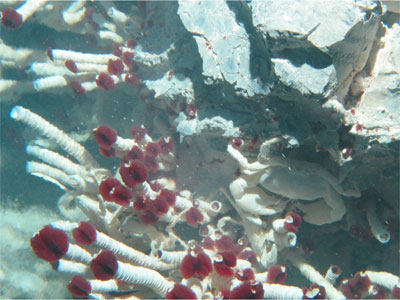
Image courtesy of Tim Shank, WHOI | ||||
| ||||
You might also be interested in:

Cool It! Game
Check out our online store - minerals, fossils, books, activities, jewelry, and household items!...more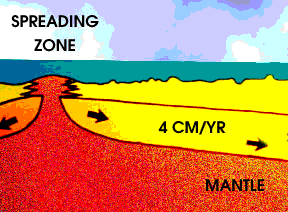
Mid-Ocean Spreading Ridge
As the Earth cools, hot material from the deep interior rises to the surface. Hot material is depicted in red in this drawing, under an ocean shown in blue green. The hotter material elevates the nearby...more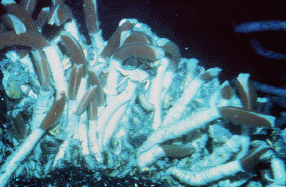
Creatures which live in Harsh Environments
On Earth, we know that there are many types of living things that are able to live in difficult environments. The picture to the left shows an example of some of these creatures. These are tubeworms that...more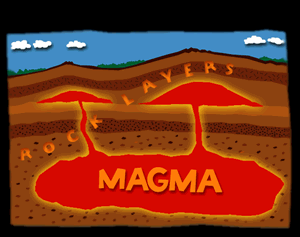
Magma
If you could travel to the center of the Earth, you would find that it gets hotter and hotter as you travel deeper. The heat is naturally produced by decay of radioactive elements. Within the Earth’s...more
Extreme Environments
Extreme environments are places that are inhospitable to most "normal" living creatures. Extreme environments are not necessarily lifeless. Certain types of organisms, known collectively as "extremophiles",...more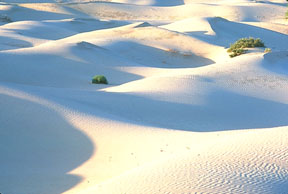
Extreme Environments - Temperature and Moisture
This page describes environments that are very hot or very cold, extremely dry, or both. Extreme environments are places that are inhospitable to most "normal" living creatures. Extreme environments are...more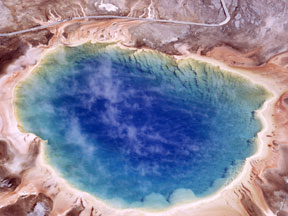
Extremophiles
Some environments are inhospitable to most "normal" living creatures. However, these extreme environments are not necessarily lifeless. Certain types of organisms, known collectively as "extremophiles",...more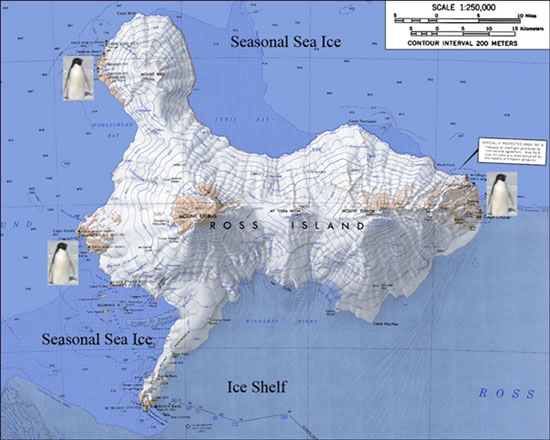
Penguin Colonies
This is Ross Island, a volcanic island embedded in the Ross Ice Shelf, Antarctica. Adelie penguins are found all around Antarctica, but we will be filming the documentary at the breeding colonies shown...morePlease log in
Science Blogs
Real Climate: climate science from climate scientists

Windows to the Universe, a project of the National Earth Science Teachers Association, is sponsored in part is sponsored in part through grants from federal agencies (NASA and NOAA), and partnerships with affiliated organizations, including the American Geophysical Union, the Howard Hughes Medical Institute, the Earth System Information Partnership, the American Meteorological Society, the National Center for Science Education, and TERC. The American Geophysical Union and the American Geosciences Institute are Windows to the Universe Founding Partners. NESTA welcomes new Institutional Affiliates in support of our ongoing programs, as well as collaborations on new projects. Contact NESTA for more information.




